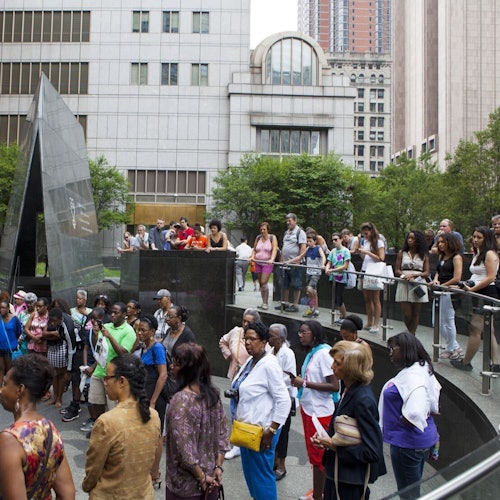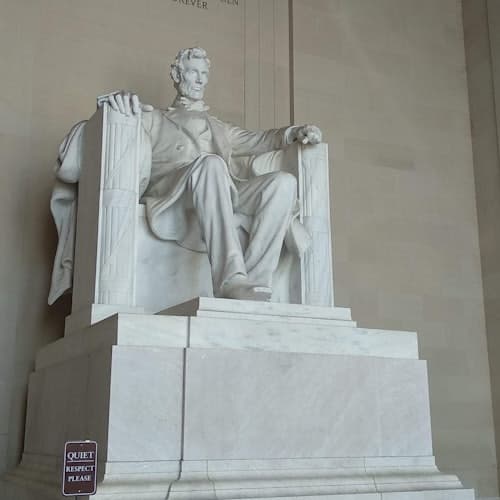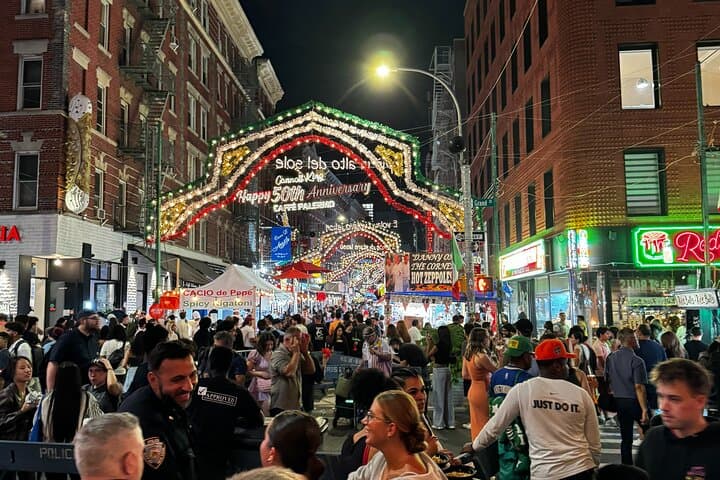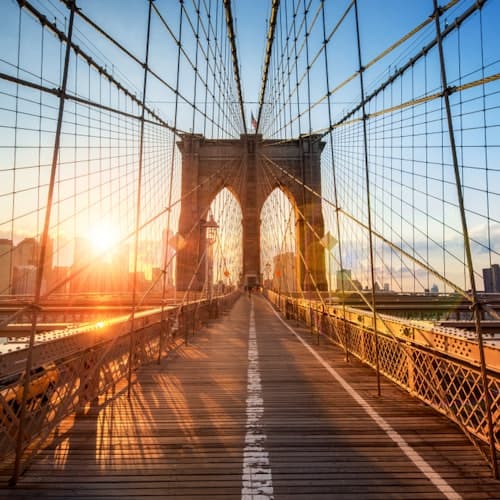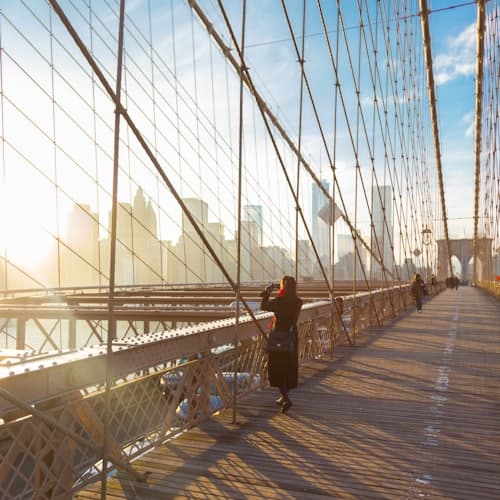NYC Underground Tour
Last update:
Continue planning your trip to New York
🚇 What really happens underground
Here’s the short version. An NYC underground tour is a guided walk that links a few key stations. You ride at least one line, make short stops, and learn how the system grew from 1904 to today.
- What’s included: history, architecture, public art, and safely spotting sealed platforms from active trains.
- What’s not: track access or trespassing; entry to closed spaces unless an official program allows it.
- Group feel: small groups keep pace tight; private formats exist for custom routes.
- Expectations: mostly indoors, with transfers, stairs, and short rides amid commuter crowds.
Think of it as a moving classroom: fast, curious, and packed with details you miss at street level.
👀 What you’ll see: stations, stories, structure
Guides tend to mix greatest hits with deep cuts. You might view the City Hall loop from the 6 train, read mosaics at Union Square, and notice tilework and vaults by master builders. Many routes connect early IRT stops with later layers, so you feel decades stacking up in one ride.
Architecture fans love the patterned ceilings and long-forgotten signage. History buffs get the tale of Alfred Ely Beach’s pneumatic experiment and how it shaped the first subway. You leave reading stations like a museum—only louder.
💶 Formats & prices at a glance
Common formats include small-group subway history walks, private custom routes, museum-run special access, and city history walks above ground. One history-focused option in New York lists a duration of 2 hours and 30 minutes with prices from 41.9 € (rounded to 1 decimal). Actual inclusions vary by guide and date.
- Small-group: best for first-timers who want the essentials in ~2 hours.
- Private: set the pace, tailor the route, add photo stops.
- Museum special access: members-only dates for restricted spaces.
- History walk (above ground): social history routes tied to the city’s past.
Pick by focus—architecture, hidden details, or social history—rather than by a catchy title.
👨👩👧 Families & accessibility essentials
Stations often mean stairs, tight turns, and background noise. Strollers can work at street level, but platforms get crowded; baby carriers are simpler. Many historic stops lack elevators, so a relaxed, private pace helps if mobility is limited.
Plan bathroom breaks before/after. Earbuds tame the noise for kids. Expect short rides, frequent stops, and a steady but not rushed rhythm. For official programs inside restricted spaces, age limits and security steps apply; some segments aren’t fully wheelchair accessible.
🕒 Timing & smart logistics
Go off-peak to dodge rushes and hear your guide. Wear closed shoes and keep hands free for turnstiles and handrails. Bring a contactless card or MetroCard alternative ready at the reader. Respect platform etiquette: stand back, line up, and let riders exit first.
An NYC underground tour rewards curiosity. Ask about station layers, construction tricks, and why tiles change. The more you notice, the richer the ride.
🗂️ Variants (summary)
| Variant | Ideal for |
|---|---|
| Small-group subway history walk | First visit; efficient overview in ~2 hours. |
| Private underground NYC tour | Custom pace, families, focused photography. |
| Members-only City Hall Station | Architecture lovers; museum members; age 10+. |
| Architecture & design focus | Guastavino vaults, mosaics, station details. |
| Underground Railroad history walk | Social history route on streets; 2h30m. |
❓ FAQs
1) What are the best underground tours in New York City?
Small-group subway history walks, members-only programs at Old City Hall, or a private guide for custom routes—choose by focus (architecture, art, social history).
2) Can you visit abandoned stations like the old City Hall?
Yes—on limited, members-only museum tours when scheduled. Otherwise, you can glimpse the station as the 6 train loops, but you don’t disembark.
3) What do NYC underground tours include?
Typically a mix of early stations, tilework and vaults, public art, and safe looks at closed platforms. No track access or unauthorized tunnels.
4) How can I book a New York Transit Museum subway tour?
Become a member, watch the programs calendar, and book fast when releases drop. ID and age limits may apply.
5) Are private or small-group underground tours available?
Yes—many operators cap groups around a dozen and offer private versions for flexible timing and pace.
6) What should I expect on a subway tour?
Short rides, stairs, and platform crowds. Wear closed shoes, aim for off-peak, and note that not all routes are fully accessible.
